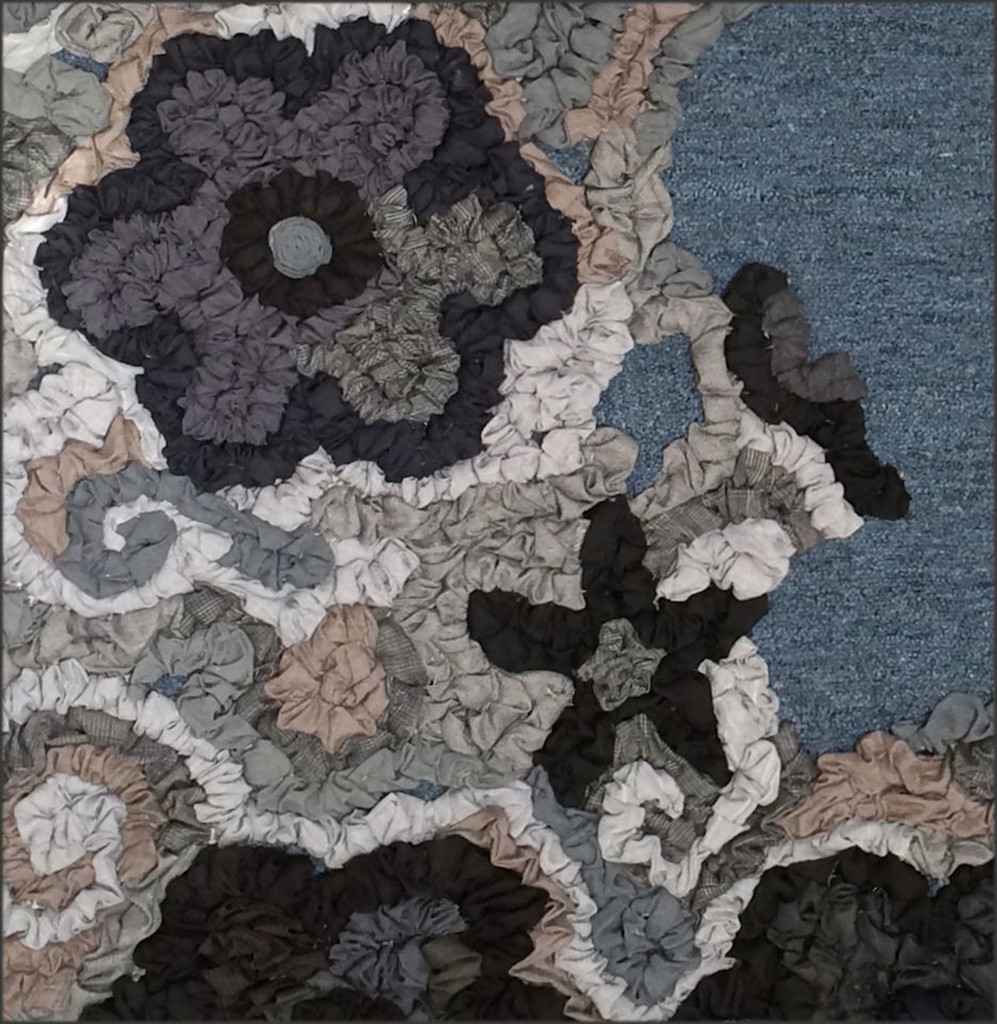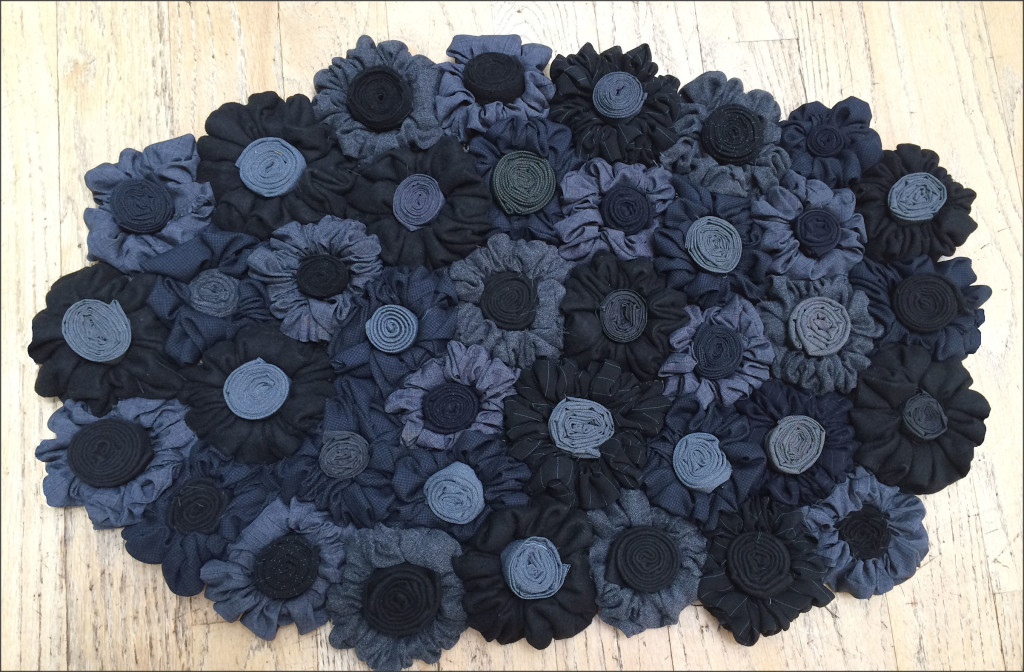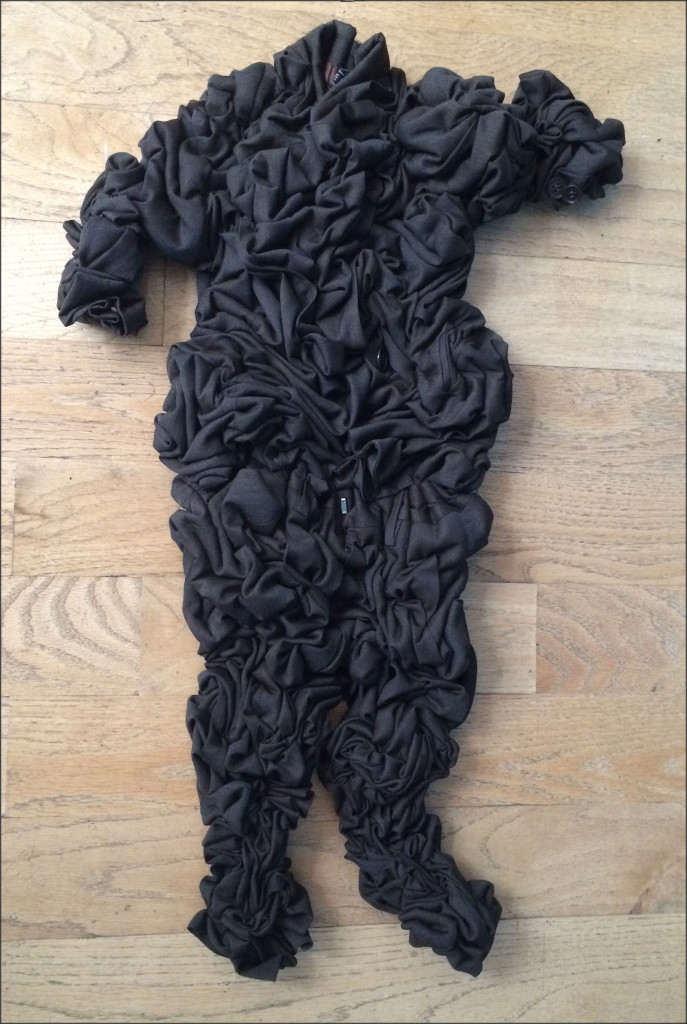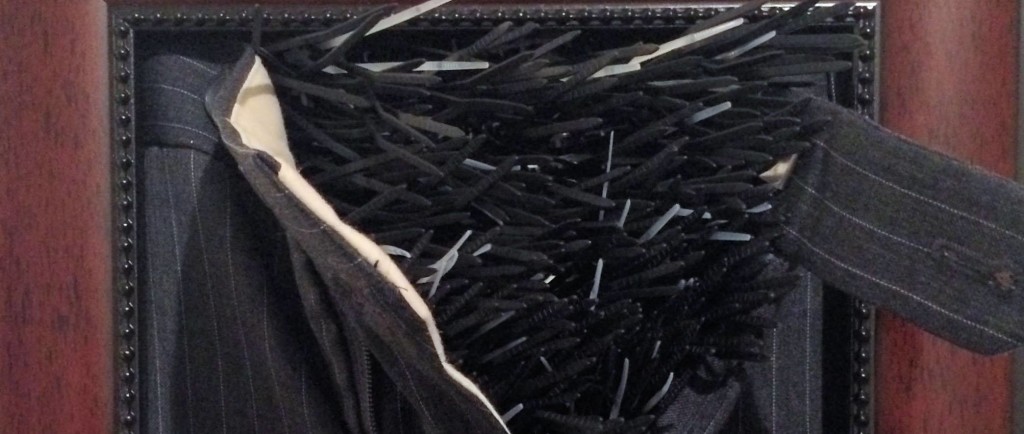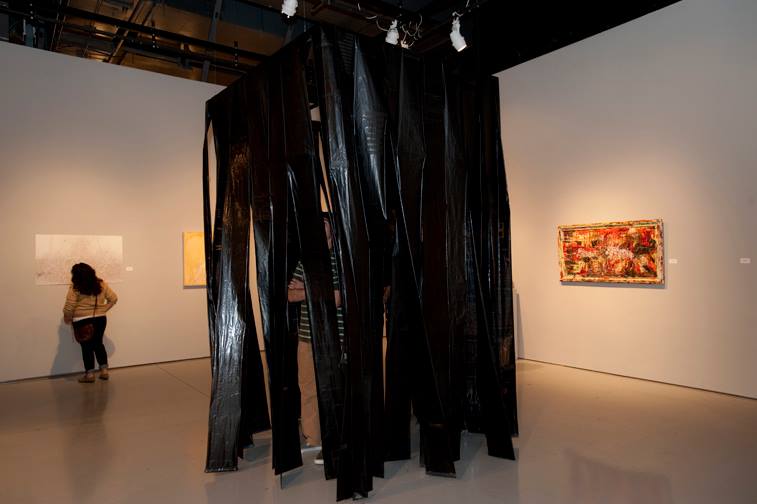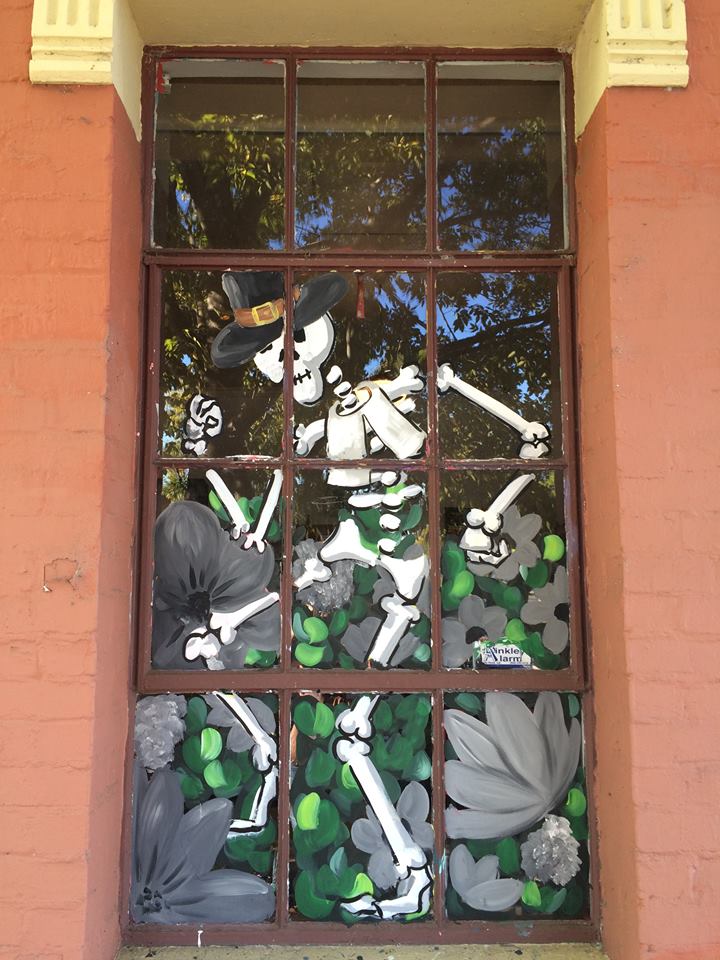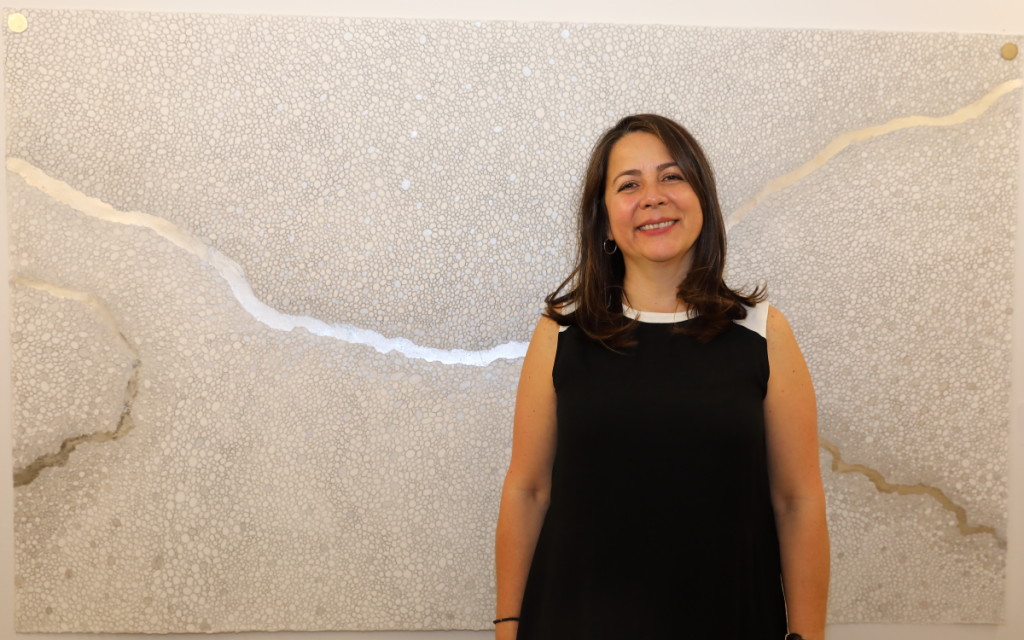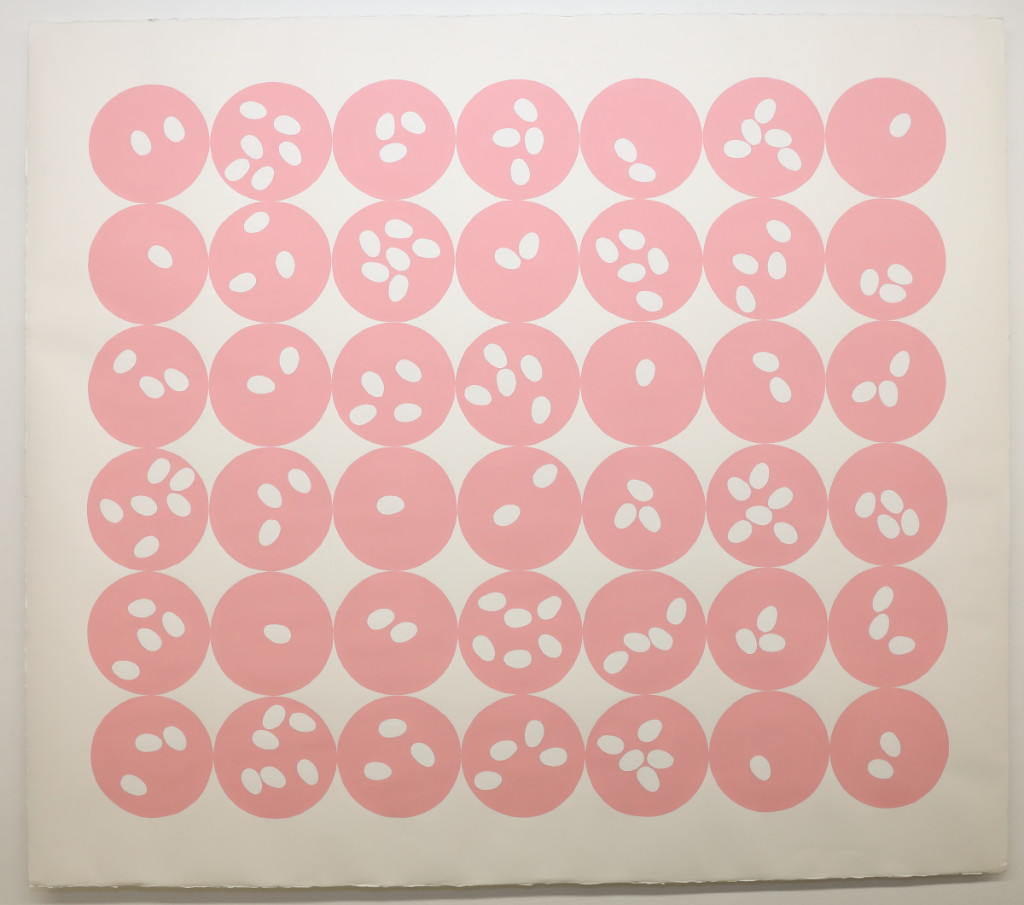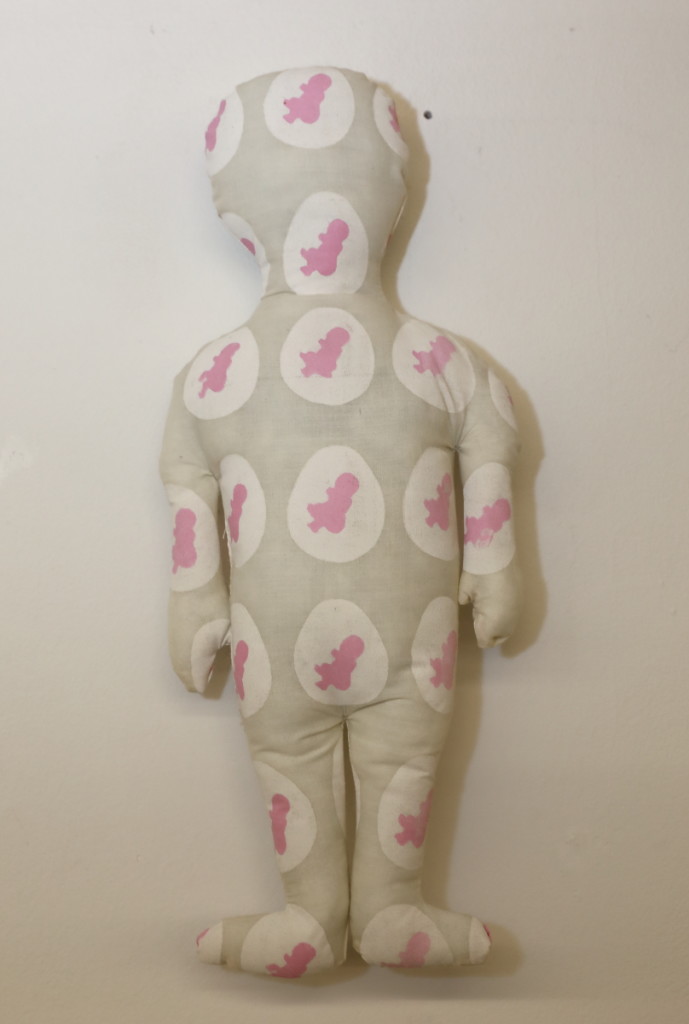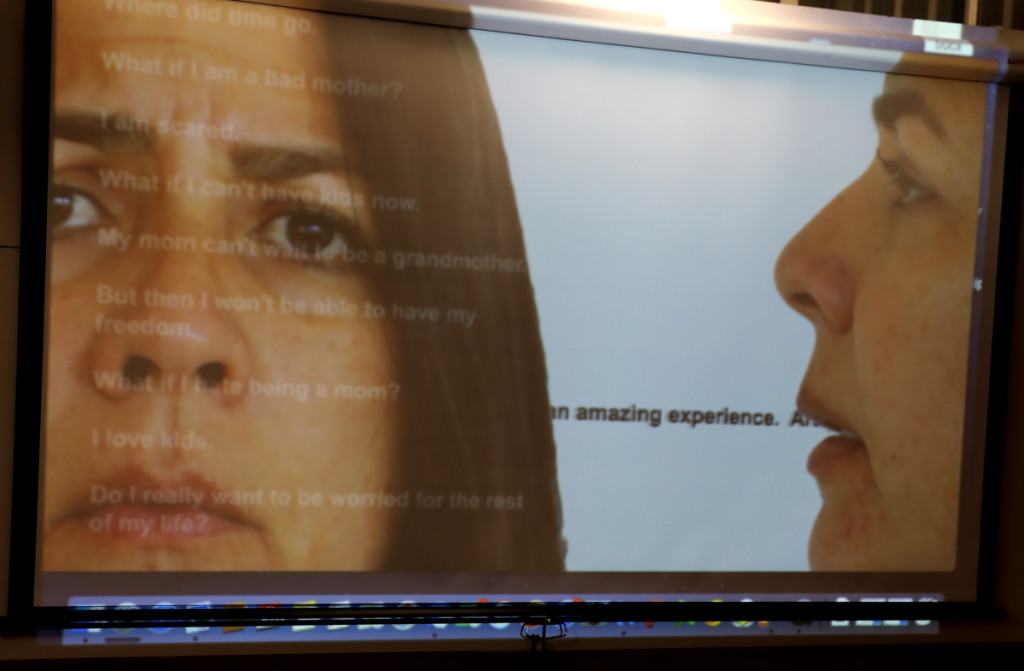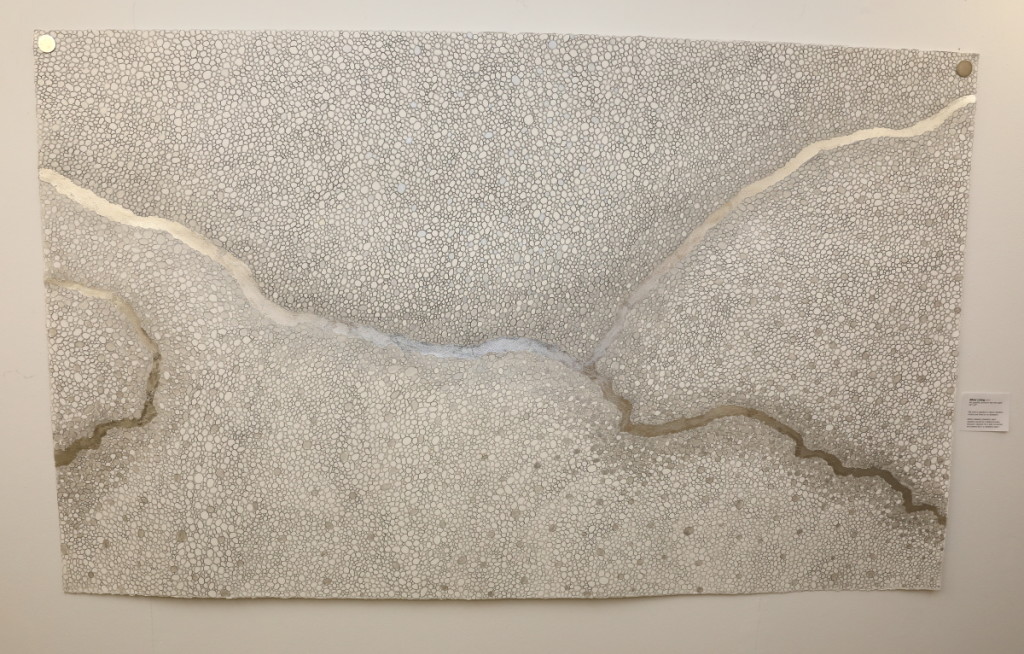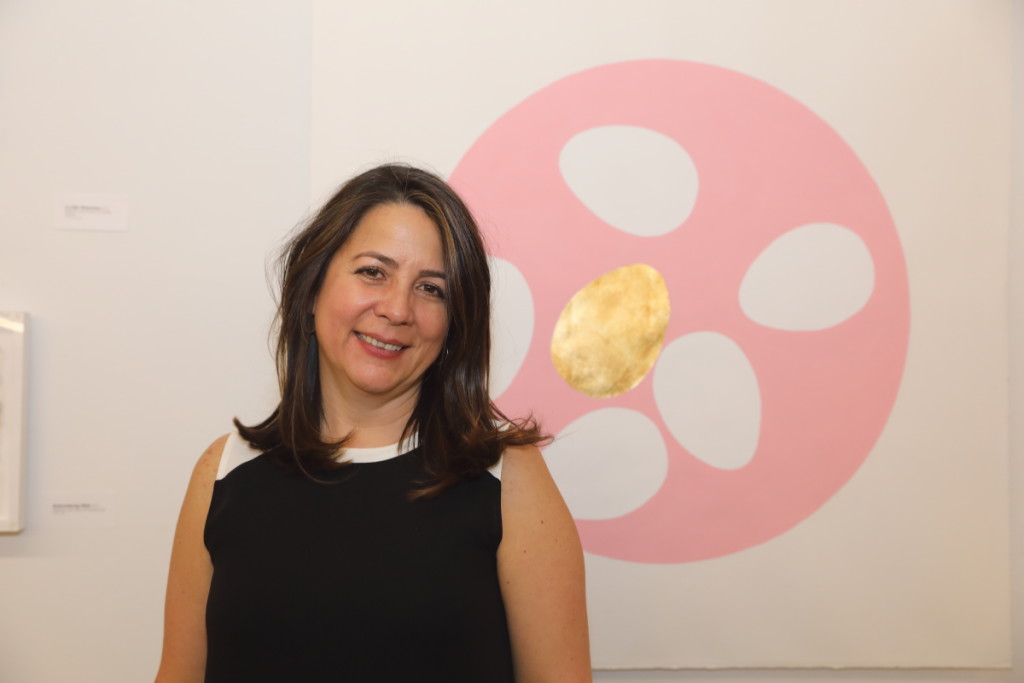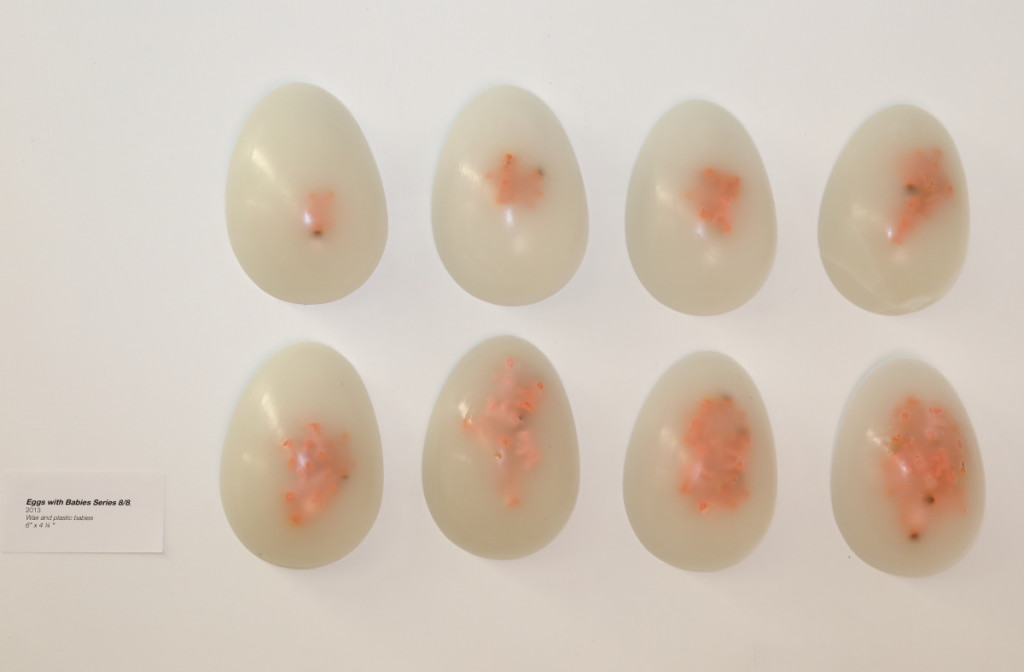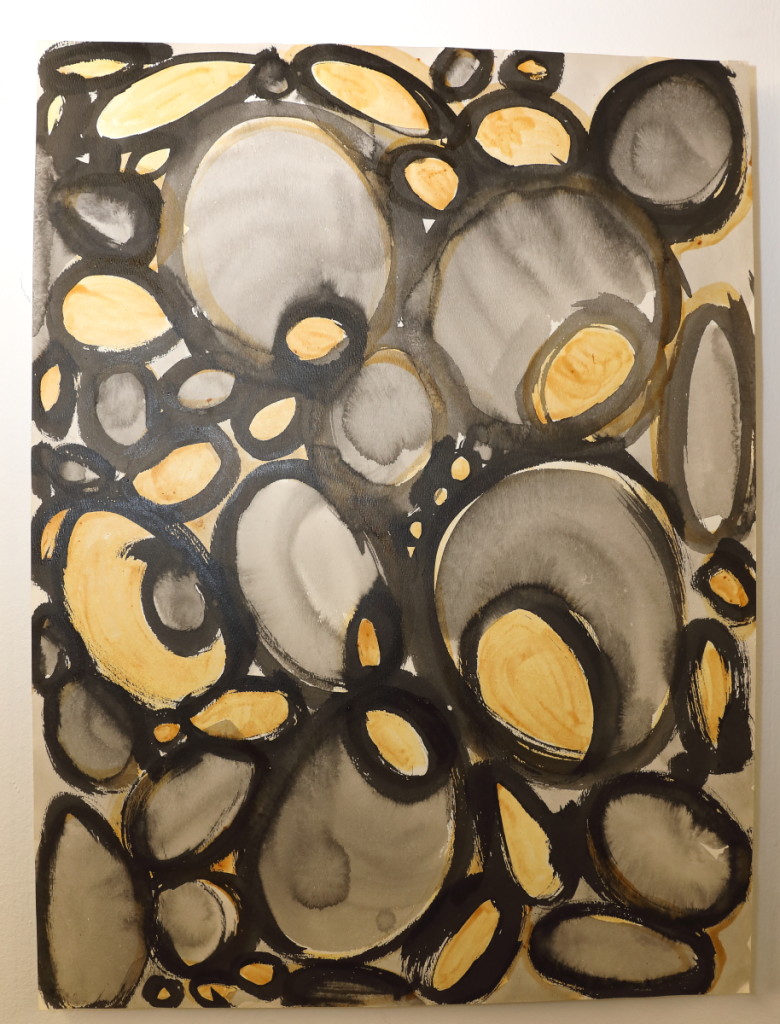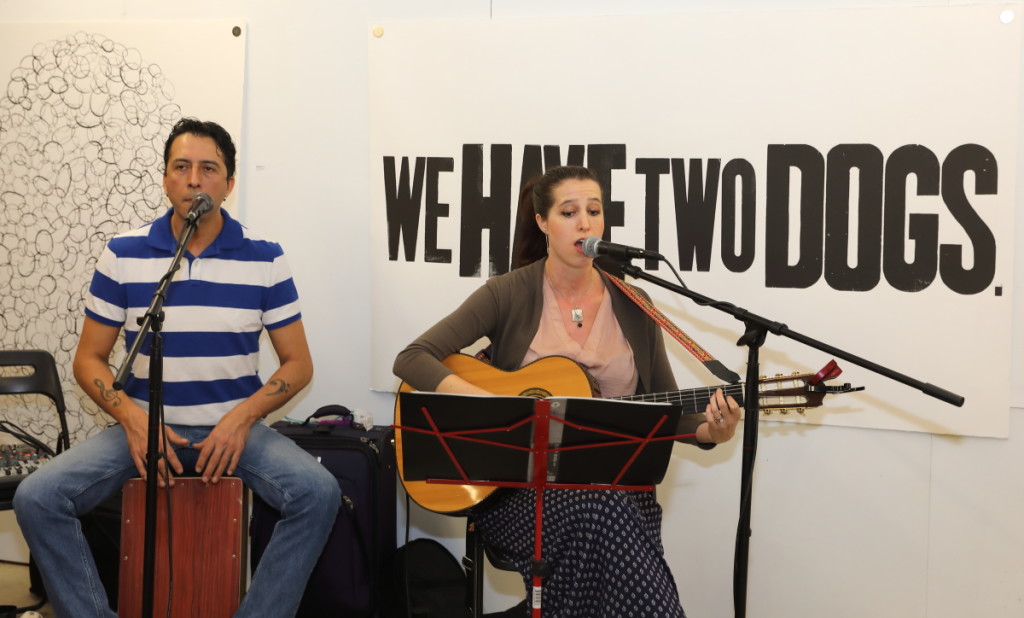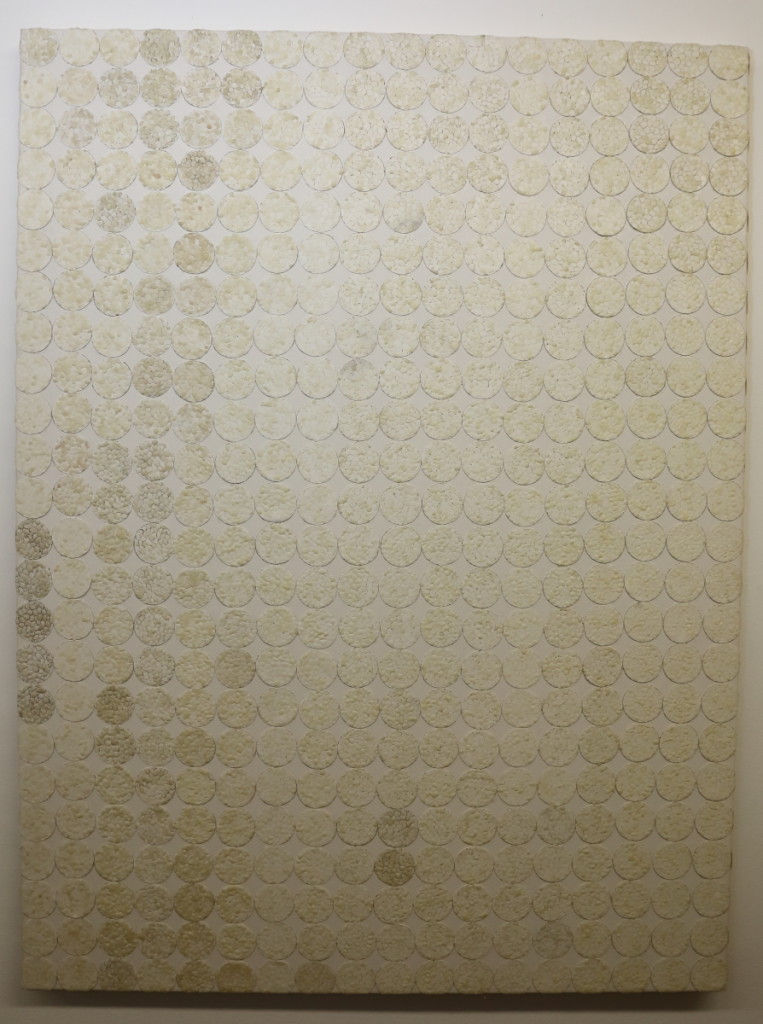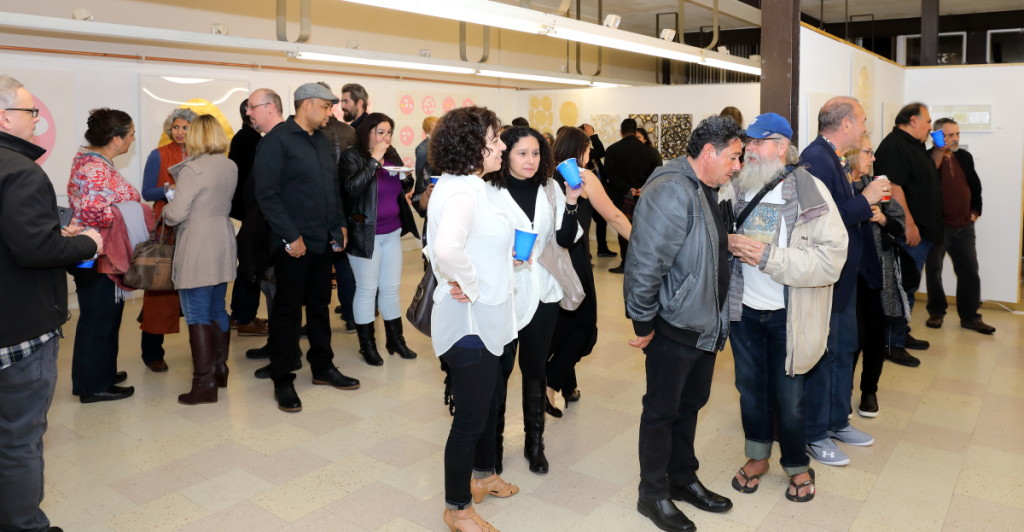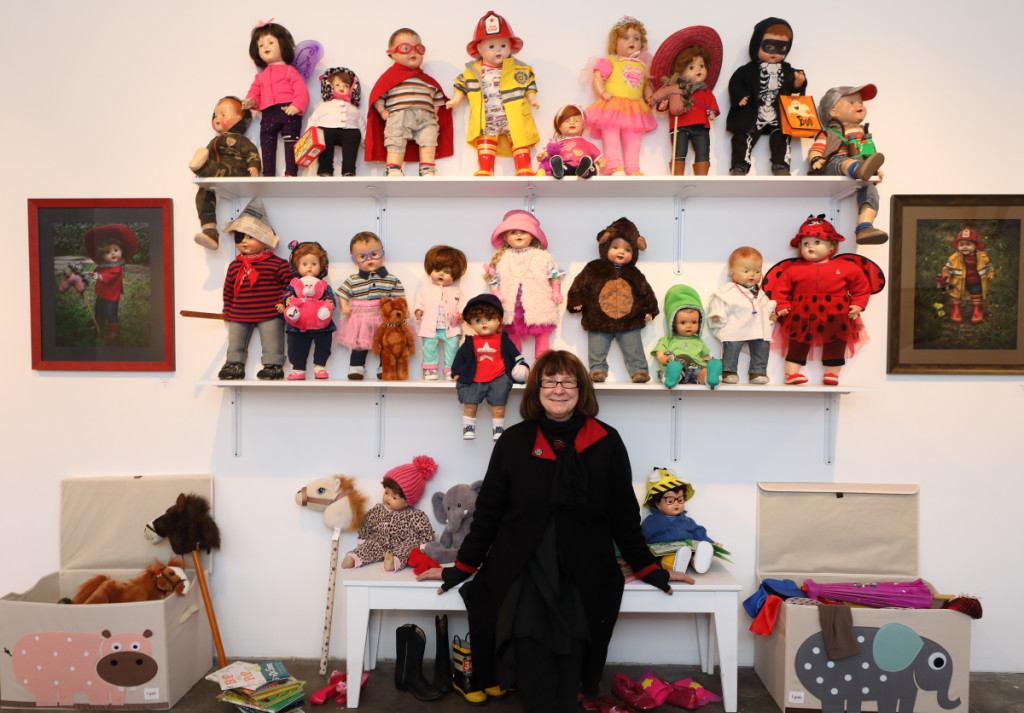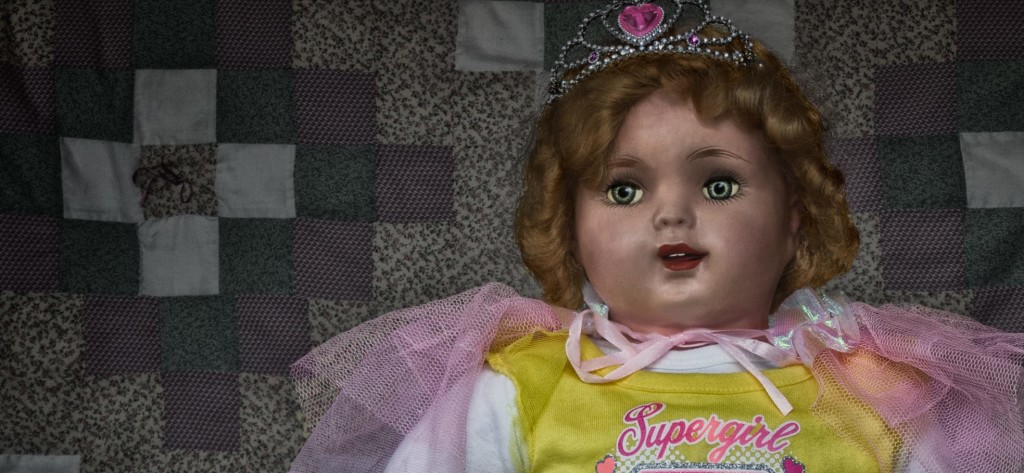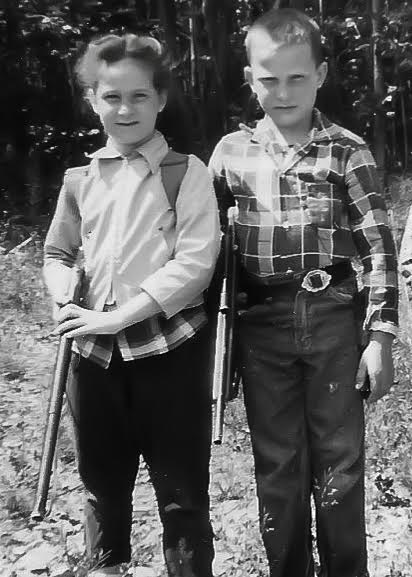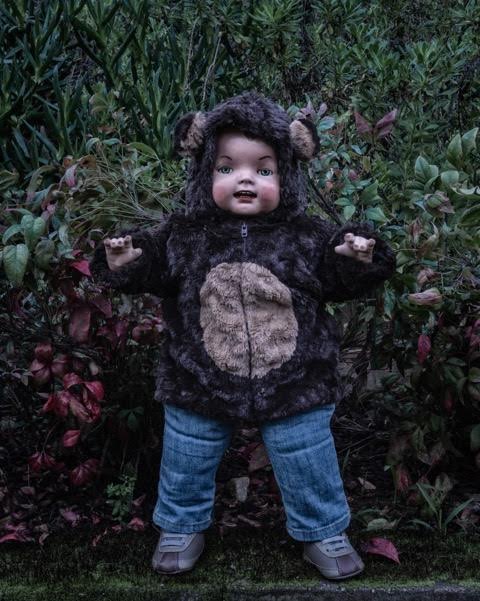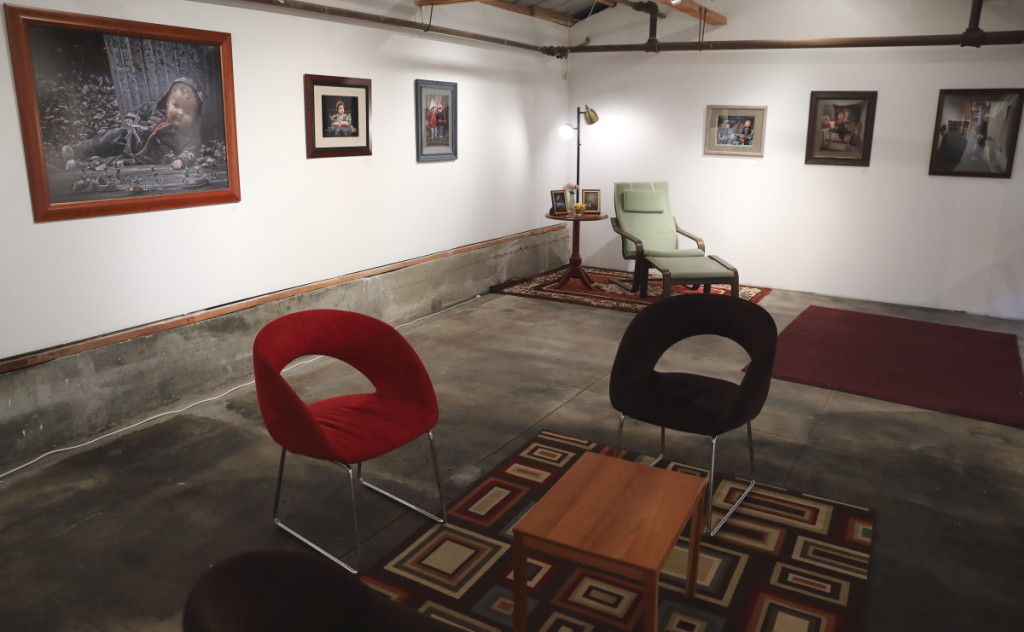Above, from Powerful
The culmination of a month-long Shoebox Projects residency, a reception for Emily Wiseman’s Powerful will be held February 12th from 3-5 p.m.
Wiseman’s installation here is a continuation of her “Occupy Series,” exploring fabric and pattern. These lush, textural works consider the symbolism of their material and how it is used in the design of men’s business suits, long seen as symbolizing power and wealth.
Above, detail from “If Wishes Were Horses”
Wiseman has made the very cloth these suits are cut from into gorgeous yet subversive political art. The artist deconstructs and redesigns the suits, making them into decorative, beautiful objects that exude a feminine sense of comfort, using them to reflect the opposite of their original design and function.
Above, “If Wishes Were Horses”
The “occupy” refers to the idea of determining just who is being occupied by the simple act of wearing the original clothing. Her almost ethereal floral works, such as “I’ve Been Waiting for You Obi Wan” and “If Wishes Were Horses” flawlessly convey the way these garments and their meaning is perceived. According to Wiseman, they reflect themes of gender bias, corporate influence, and income inequality. But even without this knowledge, the lush and lovely fabric works subtly suggest how something that is essentially worn as armor – at least in the corporate and political world – can be turned inside out, restructured to become something that opens the heart rather than constricts it.
Above, “I’ve Been Waiting Obi Wan”
Flowers are symbolic of, and often used to represent, peace, tranquility, love, and caring. They are natural. They are fragile but resilient, they are created not by man but by nature. In short, Wiseman is replacing that corporate armature, or rather turning it into, something purer, and ultimately more enduring. These artworks and what they symbolize may not look tough at first glance, but they are. They have survived deconstruction. They have survived being trapped within another form far less harmonious. And here they are.
Above, “CFO”
Wiseman’s “CFO” continues a floral theme while retaining a construction analogous to – including a zippered fly – a feminized version of a suit.
“Powerful” takes Wiseman’s work in a new direction. “The business suits are reduced to the crotch area: the fly. The suit sections are framed like portraits,” the artist relates. “They are isolated to the opening that accesses the genitals. The pieces vary in depth from flat to 4″.” She has also made these works interactive: viewers are invited to leave objects, including text or anything that seems appropriate in the opening, then zip the fly. “The closing event will include unzipping the flies, exposing the content,” Wiseman explains.
The inspiration for this work came from a government website, https://oversight.house.gov/subcommittee/full-committee/.
“I’ve been thinking about this work for quite a while…experimenting with how it takes shape, coming to understand it’s meaning and absorbing current events,” Wiseman says. Viewing photographs of the U.S. House of Representatives Oversight Committee, grouped together by political party inspired this step in her artistic process.
“The Republican section is 25 men, 24 white, and 1 woman. The Democratic section is much more reflective of the gender and racial diversity of the population,” she asserts. And all are clad in business suits.
Each aspect of the “Occupy Series,” including Powerful, began with a different sort of inspiration, a love of things handcrafted and decorative, and an attraction to fabric and pattern. This was the artistic fuel for her fire: “Coming of age in the counterculture of the 60s and 70s when social activism, feminism/gender politics and anti-consumerism were core values has been a major influence. I often combine my personal experience with domestic sensibilities and larger, current social issues,” she notes.
Above, Wiseman’s rug
The California-based artist has exhibited locally at Launch and LA Art Core among other galleries, and along with her work in fabric, has created evocative paintings, installations, murals, and glass paintings.
Above, “Redacted,” from the artist’s Security Measures series.
Above, Wiseman’s window painting in Petaluma, Calif.
With the “Occupy Series,” she has created something original, wonderful, and highly political – fabric-art that the mind and spirit can wear.
Don’t miss trying this one on!
Above, the artist at work.
Shoebox Projects is located at 660 South Avenue 21 #3 in Los Angeles. For more information, visit https://shoeboxprojects.com/
- Genie Davis; photos: courtesy of artist




